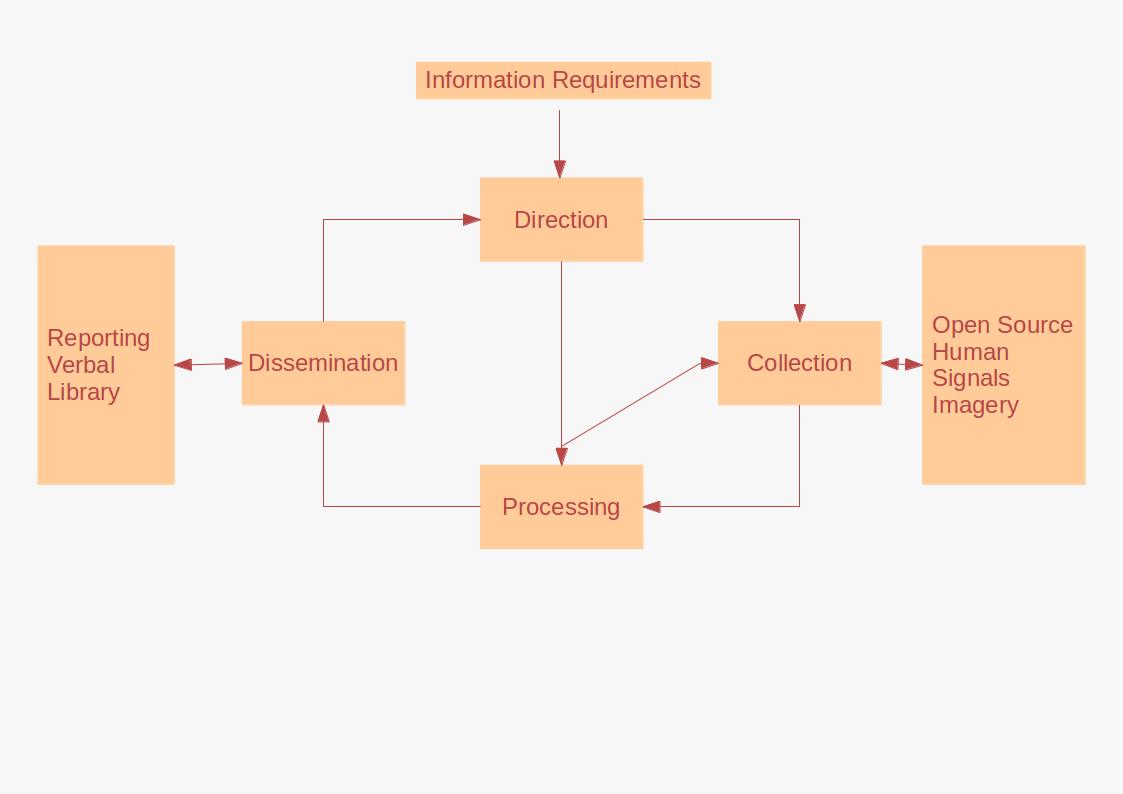|
Directorate Of Military Intelligence, Nepal
The Directorate of Military Intelligence in Nepal is the Nepalese Army’s intelligence unit. With the head office at Military Headquarters in Kathmandu, DMI functions under a brigadier general of the army. DMI collects its intelligence from plainclothes military agents spread all over the country. During the Maoist insurgency period, DMI was focused on internal security Internal security is the act of keeping peace within the borders of a sovereign state or other Self-governance, self-governing territories, generally by upholding the national law and defending against internal security threats. Responsibility fo ... than external activities. On the basis of the intelligence provided by DMI, Director of Military Operation (DMO) analyzes the information and prepares accordingly. References Military of Nepal Nepalese Civil War {{Asia-mil-stub ... [...More Info...] [...Related Items...] OR: [Wikipedia] [Google] [Baidu] |
Nepal
Nepal (; ne, नेपाल ), formerly the Federal Democratic Republic of Nepal ( ne, सङ्घीय लोकतान्त्रिक गणतन्त्र नेपाल ), is a landlocked country in South Asia. It is mainly situated in the Himalayas, but also includes parts of the Indo-Gangetic Plain, bordering the Tibet Autonomous Region of China to the north, and India in the south, east, and west, while it is narrowly separated from Bangladesh by the Siliguri Corridor, and from Bhutan by the Indian state of Sikkim. Nepal has a diverse geography, including fertile plains, subalpine forested hills, and eight of the world's ten tallest mountains, including Mount Everest, the highest point on Earth. Nepal is a multi-ethnic, multi-lingual, multi-religious and multi-cultural state, with Nepali as the official language. Kathmandu is the nation's capital and the largest city. The name "Nepal" is first recorded in texts from the Vedic period of the ... [...More Info...] [...Related Items...] OR: [Wikipedia] [Google] [Baidu] |
Nepalese Army
The Nepali Army ( ne, नेपाली सेना, translit=Nēpālī Sēnā), technically the Gorkhali Army ( ne, गोरखाली सेना, translit=Gōrakhālī Sēnā, label=none; see '' Gorkhas''), is the land service branch of the Nepali Armed Forces. During the period of the Nepali unification campaign, it was known as the ''Gorkhali Army'' and later as the ''Royal Nepali Army'' following the establishment of a Hindu monarchy in Nepal. It was officially renamed to the Nepali Army on 28 May 2008, following the abolition of the 240-year-old Shah dynasty shortly after the Nepali Civil War. The Nepali Army has participated in various conflicts throughout its history, going as far back as the Nepali unification campaign launched by Prithvi Narayan Shah of the Gorkha Kingdom. It has engaged in an extensive number of battles within South Asia, and continues to take part in global conflicts as part of United Nations peacekeeping coalitions. The Nepali Army ... [...More Info...] [...Related Items...] OR: [Wikipedia] [Google] [Baidu] |
Intelligence (information Gathering)
Intelligence assessment, or simply intel, is the development of behavior forecasts or recommended courses of action to the leadership of an organisation, based on wide ranges of available overt and covert information (intelligence). Assessments develop in response to leadership declaration requirements to inform decision-making. Assessment may be executed on behalf of a state, military or commercial organisation with ranges of information sources available to each. An intelligence assessment reviews available information and previous assessments for relevance and currency. Where there requires additional information, the analyst may direct some collection. Intelligence studies is the academic field concerning intelligence assessment, especially relating to international relations and military science. Process Intelligence assessment is based on a customer requirement or need, which may be a standing requirement or tailored to a specific circumstance or a Request for Infor ... [...More Info...] [...Related Items...] OR: [Wikipedia] [Google] [Baidu] |
Military Of Nepal
The Nepalese Armed Forces are the military forces of Nepal. Composed primarily of the ground-based Nepali Army, organized into six active combat divisions, the Nepalese Armed Forces also operates the smaller Nepalese Army Air Service designed to support army operations and provide close light combat support. The Nepalese Army also operates smaller formations responsible for the organization of air defense, logistics, military communications, artillery, and airborne forces within Nepalese territory. In addition, the Armed Police Force acts as a paramilitary force tasked with maintaining internal security within Nepal. The Nepalis Armed Forces are a volunteer force with an estimated 95,000 active duty personnel in 2010, with an estimated annual military budget of around 60 million US dollars, not including military assistance funding from the Republic of India and People's Republic of China or more recently from the United States of America. Although most of Nepal's military eq ... [...More Info...] [...Related Items...] OR: [Wikipedia] [Google] [Baidu] |
Kathmandu
, pushpin_map = Nepal Bagmati Province#Nepal#Asia , coordinates = , subdivision_type = Country , subdivision_name = , subdivision_type1 = Provinces of Nepal, Province , subdivision_name1 = Bagmati Province , subdivision_type2 = List of districts of Nepal, District , subdivision_name2 = Kathmandu District, Kathmandu , established_title = , founder = Manjushri , parts_type = No. of Ward (electoral subdivision), Wards , parts = 32 , seat_type = , seat = , government_footnotes = , government_type = Mayor–council government , governing_body = Kathmandu Metropolitan Government, , leader_title = Mayor of Kathmandu, Mayor , leader_name = Balendra Shah (Independent politician, Ind.) , leader_title1 = Deputy mayor , leader_name1 = Su ... [...More Info...] [...Related Items...] OR: [Wikipedia] [Google] [Baidu] |
Brigadier General
Brigadier general or Brigade general is a military rank used in many countries. It is the lowest ranking general officer in some countries. The rank is usually above a colonel, and below a major general or divisional general. When appointed to a field command, a brigadier general is typically in command of a brigade consisting of around 4,000 troops (four battalions). Variants Brigadier general Brigadier general (Brig. Gen.) is a military rank used in many countries. It is the lowest ranking general officer in some countries, usually sitting between the ranks of colonel and major general. When appointed to a field command, a brigadier general is typically in command of a brigade consisting of around 4,000 troops (four battalions). In some countries, this rank is given the name of ''brigadier'', which is usually equivalent to ''brigadier general'' in the armies of nations that use the rank. The rank can be traced back to the militaries of Europe where a "brigadier general" ... [...More Info...] [...Related Items...] OR: [Wikipedia] [Google] [Baidu] |
Undercover
To go "undercover" (that is, to go on an undercover operation) is to avoid detection by the object of one's observation, and especially to disguise one's own identity (or use an assumed identity) for the purposes of gaining the trust of an individual or organization in order to learn or confirm confidential information, or to gain the trust of targeted individuals to gather information or evidence. Undercover operations are traditionally employed by law enforcement agencies and private investigators; those in such roles are commonly referred to as undercover agents History Law enforcement has carried out undercover work in a variety of ways throughout the course of history, but Eugène François Vidocq (1775–1857) developed the first organized (though informal) undercover program in France in the early 19th century, from the late First Empire through most of the Bourbon Restoration period of 1814 to 1830. At the end of 1811 Vidocq set up an informal plainclothes unit, th ... [...More Info...] [...Related Items...] OR: [Wikipedia] [Google] [Baidu] |
Maoist
Maoism, officially called Mao Zedong Thought by the Chinese Communist Party, is a variety of Marxism–Leninism that Mao Zedong developed to realise a socialist revolution in the agricultural, pre-industrial society of the Republic of China and later the People's Republic of China. The philosophical difference between Maoism and traditional Marxism–Leninism is that the peasantry is the revolutionary vanguard in pre-industrial societies rather than the proletariat. This updating and adaptation of Marxism–Leninism to Chinese conditions in which revolutionary praxis is primary and ideological orthodoxy is secondary represents urban Marxism–Leninism adapted to pre-industrial China. Later theoreticians expanded on the idea that Mao had adapted Marxism–Leninism to Chinese conditions, arguing that he had in fact updated it fundamentally, and that Maoism could be applied universally throughout the world. This ideology is often referred to as Marxism–Leninism–Maoism ... [...More Info...] [...Related Items...] OR: [Wikipedia] [Google] [Baidu] |
Nepalese Civil War
The Nepalese Civil War was a protracted armed conflict that took place in the former Kingdom of Nepal from 1996 to 2006. It saw fighting between the Nepalese royal government and the Communist Party of Nepal (Maoist) throughout the country. The conflict began on 13 February 1996, when the Communist Party of Nepal initiated an insurgency with the stated purpose of overthrowing the Nepalese monarchy and establishing a people's republic; it ended with the signing of the Comprehensive Peace Accord on 21 November 2006. The insurgency was characterized by numerous war crimes and crimes against humanity, including summary executions, massacres, purges, kidnappings, and mass rapes. It resulted in the deaths of over 17,000 people, including civilians, insurgents, and army and police personnel; and the internal displacement of hundreds of thousands of people, mostly throughout rural Nepal. The Truth and Reconciliation Commission has received about 63,000 complaints, as reported ... [...More Info...] [...Related Items...] OR: [Wikipedia] [Google] [Baidu] |
Internal Security
Internal security is the act of keeping peace within the borders of a sovereign state or other Self-governance, self-governing territories, generally by upholding the national law and defending against internal security threats. Responsibility for internal security may range from police to paramilitary forces, and in exceptional circumstances, the military itself. Threats to internal security Threats to the general peace may range from low-level civil order, large scale violence, or even an armed insurgency. Threats to internal security may be directed at either the state's citizens, or the organs and infrastructure of State (polity), the state itself, and may range from petty crime, serious organised crime, organized crime, political or industrial unrest, or even domestic terrorism. Foreign powers may also act as a threat to internal security, by either committing or sponsoring terrorism or rebellion, without actually Declaration of war, declaring war. Governmental responsibilit ... [...More Info...] [...Related Items...] OR: [Wikipedia] [Google] [Baidu] |






